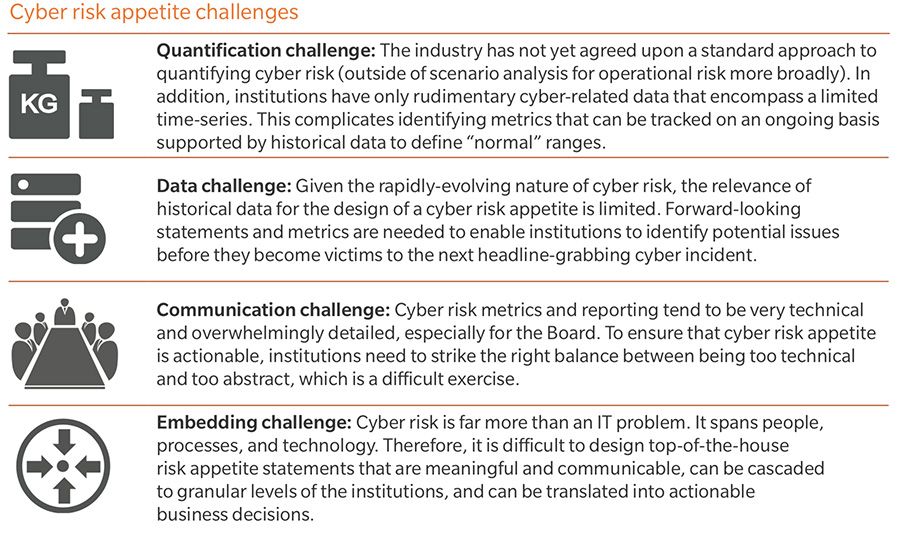- June 13, 2018
- Category: News

Cybercrime is a continuous threat for organisations, and the protecting companies from highly motivated attackers is therefore a constant and on-going process. New analysis explores how businesses can harden their most valuable assets in line with achievable risk appetites, through the formulation of a clear and implementable strategy.
In recent years, cybercrime has gone from being considered a buzzword for security experts to worry about to an all-pervading problem which businesses and public entities of all shapes and sizes must prepare for. The increasingly intrusive problem for companies and customers has been amplified by the implementation of the GDPR, which could sting organisations that fail to safeguard sensitive information with hefty fines. It is impossible to know exactly how much cybercrime actually costs businesses, as some cases have a tendency to go un-noticed for long periods of time, and some businesses do not reveal when they have been hacked – though that in itself is an offence – however estimates in 2016 put the figure at close to $280 billion.
As a result of a number of high profile breaches, companies around the world are now allocating significant resources to bolster their defences against the dark art of hacking. However, the current landscape means that while businesses are onto the issue, complacency among those who have taken such steps means that sophisticated criminals or state actors can – through a combination of determination, skill and luck – still work their way through the defences. To this end, a new Oliver Wyman report has explored key factors for setting a company risk appetite in the cybersecurity space.

The focus of every organisation needs to be to mitigate the risks, as far as possible, of a cybersecurity breach. However, with costs a factor – and the current landscape being so porous – some form of strategy to resolve measures around is proposed by the firm – under a so-called risk appetite policy. This puts the segment on par with other forms of risk setting within the organisation, while also creating a set of targets across the organisation to meet in terms of battening down the hatches.
Setting out a risk appetite in the space has various challenges. These cover four key areas, including quantification challenges, with no agreed on standard approach to quantifying cyber risks; data challenges, with little historic data from which to create risk maps – particularly as the nature of the risk can change rapidly; communication challenges, technical details can mean executives can fail to spot the woods for the trees,balance between detail and practice needs to be considered across various organisational levels; and the embedded challenge, whereby cyber risk is shown to be a multifaceted problem including not just IT but people, processes and technology – requiring a sometimes top-down statements to be broken into different steps for different aspects of the organisation.

The paper offers an example of a poorly structured risk appetite statement, including statements that are too broad and not tailored to the organisation, which can lead to different interpretations, and may not provide clear and meaningful guidance for risk-based business decisions; other times, statements can be too specific and focused on details, leading to unintended behaviours and incentives, and also makes it different to create lower-level general statements as they may be missed; too focused on controls rather than risks, which thereby lacks a clear statement of the risks faced by an organisation; and finally, statements can be too backward-looking and lagging, whereby fast changing on the ground situations may be missed, as well as a false sense of security if the organisation has in the past been spared intrusion.
According to the firm the construction of a risk appetite policy should involve measurability at the bottom, supporting a tailored programme at the reflects the organisation’s unique profile for attractiveness and attack surfaces. It needs to take a forward-looking view to risks, as the landscape changes, while also offering actionable insights that support business decision-making and risk mitigation.

The policy needs to be cascaded throughout the organisation on the basis of identified needs at the more granular level – with board oversight at the highest level. It needs to be strategic in terms of the boundaries for cyber risk-taking in the institution. Finally, the result needs to be risk focused, rather than just measuring performance.
